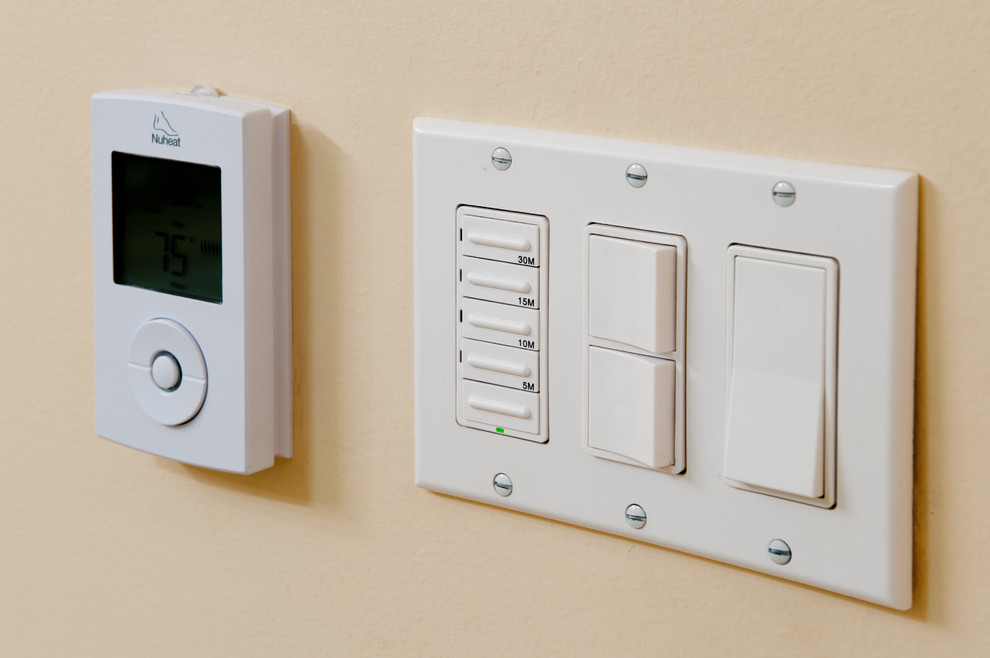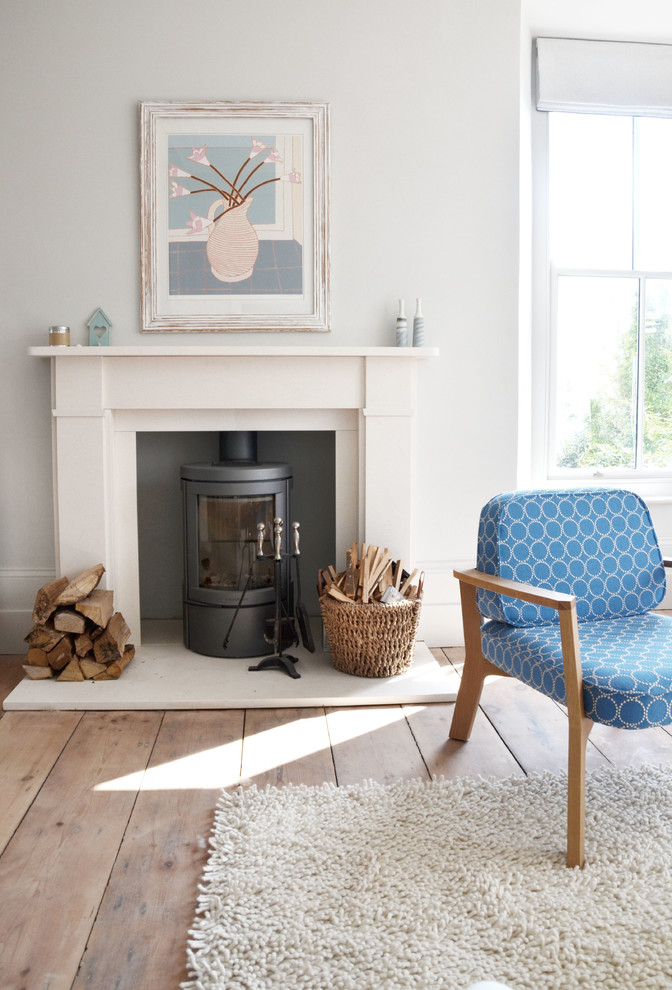Returning To Civilized Heat
When energy prices spike or something old becomes new again, there are always some people who will make big changes just because of a passing economic anomaly or a consumer fad. Home heating has been notorious for this type of adoption. People get upset when a rate hike comes in the mail, or they’re intrigued by someone’s glowing reviews of their alternative heat system. Soon they take the plunge and install a costly new system, and before long, they find out it’s not all it’s cracked up to be.
Does this shoe fit you? Many people fall victim to trendy heat like wood-burning stoves and fireplaces, but eventually they suffer some severe consumer regret and start to think about getting new heating installation done. There are a number of things that may have caused you to backtrack on your wood-burning decision. Here are several of the common ones.
Safety & Space
Wood-burning heat systems are space hogs. They require a wide area with no other home contents in order to make sure that their heat doesn’t ignite them. They also require lots of room for firewood, some of it inside and some of outside the house.
Photo by kimberly peck architect – Look for rustic living room design inspiration
They’re ugly, too. They don’t blend into the décor, with a limited number of finishes and styles available, unlike the greater flexibility of more modern devices.
They are also dangerous, with open flames visible every time you add wood–a process often accompanied by popping embers that can damage floors or start fires.
Photo by Julie Williams Design – Look for traditional family room pictures
The simple fact is that wood-burning heat requires a lot of attention, and the slightest aberration from a high level of vigilance can lead to ruined carpet, carbon monoxide poisoning, or a house fire. A properly maintained central heat and air system carries a very low risk, certainly in comparison to burning wood.
Using Least-Cost Energy Source
We noted earlier that electricity can have occasional price spikes, and that petroleum products are even more notorious for taking a bounce. No one likes it, but a wood-burning heat system isn’t the answer that some people might think.
Photo by HOUSEworks Design/Build General Contractor – Look for transitional bathroom design inspiration
Remember that electricity can be generated by coal, gas, hydroelectric, or nuclear power. It’s simply a matter of which source is cheapest. Wood is always wood; you can’t burn something else if wood becomes scarce or if your supplier raises the price. So despite the unpleasantness of an occasional jump in rates, electricity in particular is still a self-leveling mechanism that derives from the cheapest available option.
Photo by Barker O’Donoghue Master Builders – Search contemporary kitchen design ideas
Ordinance Compliance
Your neighbors may not find your wood smoke quite as cozy as you do, and in many cities, those neighbors have banded together to encourage ordinances that ban wood-fired heat within the city limits. The process of converting is so costly and disruptive to your home that you find yourself in an even more expensive and disruptive process of reversing it should your city take on such a law.
Photo by Feinmann, Inc. – Browse traditional porch photos
Of course, it doesn’t take legal intervention to make it undesirable. When atmospheric pressure is low, your smoke will hang low to the ground, drifting among your neighbors and making you a very unpopular resident of your street. Electric or gas heat is always legal and always neighbor-friendly.
Simple Operation
When you first convert to a wood-burning stove, you were probably so intoxicated by its impact on your electric bill that you were willing to tolerate a lot of its side effects.
Photo by iroka – Search transitional living room pictures
But before long, you have probably become tired of the constant headache of cutting, buying, hauling, and stacking firewood into a stack that clutters your yard, attracting snakes. Annual flue cleanings and the constant trips to the woodpile are no longer quaint, they’re a pain, and the mess associated with carrying wood through the house is unbearable. Add the inconsistent distribution of heat and the risk of fire, and you’re probably fed up.
Photo by California Home + Design – More contemporary dining room ideas
Recall your days on electricity or gas. Press a button, turn a dial, and your heat does your bidding. With some very simple monthly and annual maintenance, your home is clean and comfortable with rare interruption. It remains a stylish home that your neighbors and your building code enforcers will like. In short, it makes a slightly higher energy bill a lot more bearable.
















